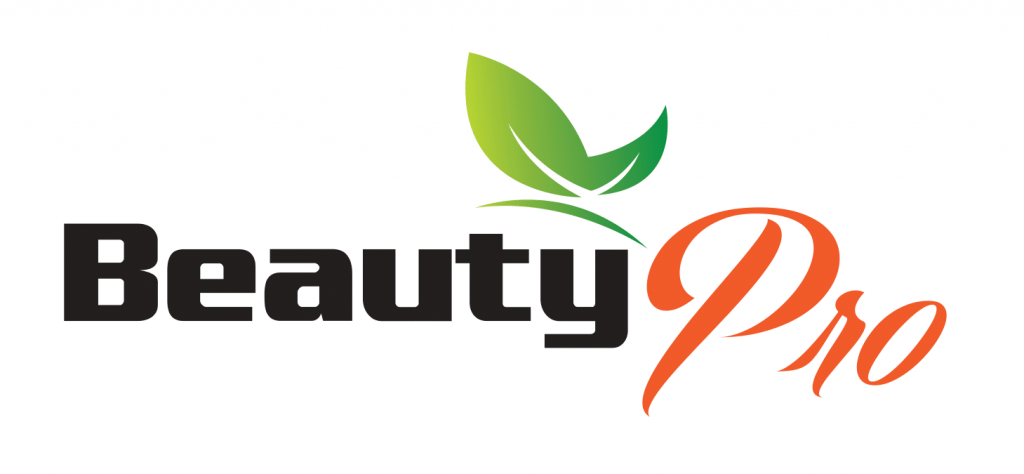Do you know the difference between dry hair and damaged hair? Many people confuse the two, but they have different causes and require different treatments. In this blog post, we will explain how to tell if your hair is dry or damaged, and what you can do to restore its health and beauty.
What is Dry hair?
Dry hair is hair that lacks moisture and hydration. It may feel rough, dull, and brittle, and be prone to frizz and static. Dry hair can be caused by several factors, such as:
• Genetics: Some people naturally have less oil production in their scalp, which can lead to dry hair.
• Environmental factors: Exposure to sun, wind, cold, or dry air can strip away the natural oils from your hair, making it dry and dehydrated.
• Heat styling: Using blow-dryers, curling irons, or flat irons can damage the cuticle (the outer layer of the hair) and reduce its ability to retain moisture.
• Chemical treatments: Coloring, bleaching, perming, or relaxing your hair can alter its structure and make it more porous and prone to losing moisture.
• Washing too often or using harsh products: Shampooing your hair too frequently or using products that contain sulfates, alcohol, or other drying ingredients can strip away the natural oils from your scalp and hair.
What is Damaged Hair?
Damaged hair is hair that has broken or weakened bonds in its structure. It may look frizzy, split, or thin, and be difficult to manage or style. Damaged hair can be caused by several factors, such as:
• Physical factors: Brushing, combing, detangling, or styling your hair too roughly can cause mechanical damage to the cuticle and the cortex (the inner layer of the hair).
• Heat styling: Using high temperatures or not protecting your hair with a heat protectant can cause thermal damage to the cuticle and the cortex.
• Chemical treatments: Coloring, bleaching, perming, or relaxing your hair can cause chemical damage to the cuticle and the cortex by breaking the bonds that hold them together.
• Environmental factors: Exposure to UV rays, pollution, chlorine, or salt water can cause oxidative damage to the cuticle and the cortex by creating free radicals that attack them.
How to tell if your hair is Dry or Damaged?
There are some simple tests you can do at home to determine if your hair is dry or damaged. Here are some of them:
• The Elasticity Test: Wet a strand of your hair and gently pull it. If it stretches and returns to its original length, your hair has good elasticity and is healthy. If it doesn’t stretch or breaks easily, your hair has poor elasticity and is damaged. If it stretches but doesn’t return to its original shape, your hair has medium elasticity and is dry.
• The Porosity Test: Take a few strands of your hair and drop them into a glass of water. If they sink quickly, your hair has high porosity and is damaged. If they float on the surface, your hair has low porosity and is healthy. If they sink slowly or stay in the middle, your hair has medium porosity.
• The Shine Test: Look at your hair in natural light. If it reflects light and looks shiny, your hair is healthy. If it looks dull and matte, your hair is dry or damaged.
How to treat Dry or Damaged Hair?
Depending on whether your hair is dry or damaged, you may need different products and treatments to restore its health and luster. Here are some general tips for each condition:
For Dry Hair:
Use a natural moisturizing shampoo and conditioner that contain hydrating ingredients
• Apply a deep conditioning natural mask once a week to nourish your hair and seal in moisture.
• Use a natural hair conditioner or a serum after washing your hair to smooth the cuticle and prevent moisture.
• Avoid washing your hair too often or using hot water
• Protect your hair from heat styling by using a heat protectant spray or a lower temperature setting.
• Protect your hair from environmental factors by wearing a hat or a scarf when going outside.
For Damaged Hair:
• Use a repairing shampoo and conditioner that contain protein-based ingredients such as keratin, collagen, silk amino acids, wheat protein, or soy protein.
• Apply a protein treatment once a month to replenish the lost protein in your hair.
• Use a moisturizing treatment once a week to balance the protein and moisture levels in your hair.
• Use a hair oil or a serum after washing your hair to smooth the cuticle and add shine
• Avoid heat styling as much as possible or use a lower temperature setting.
• Avoid chemical treatments as much as possible or use a lower concentration or a gentler formula.
• Trim your hair regularly to get rid of split ends and prevent further damage.
One product that can help both dry and damaged hair is an anti itch serum. An anti itch serum is a product that soothes the scalp and reduces itching, irritation, and inflammation. It can also moisturize the scalp and hair, prevent dandruff and flaking, and promote hair growth. An anti itch serum can be applied to the scalp before or after shampooing, or as a leave-in treatment.
Hair care is not only about choosing the right products, but also about following a healthy lifestyle and a regular routine. Whether you have curly, straight, fine, or thick hair, there is a hair care product that suits your needs and preferences. One of the best hair care brands that the experts recommend is BeautyPro, which offers a range of shampoos, conditioners, masks, serums, and more. BeautyPro’s products are made with natural ingredients and are cruelty-free, vegan, and eco-friendly. They also have a variety of formulas for different hair types and concerns, such as dryness, frizz, damage, color protection, and volume.


